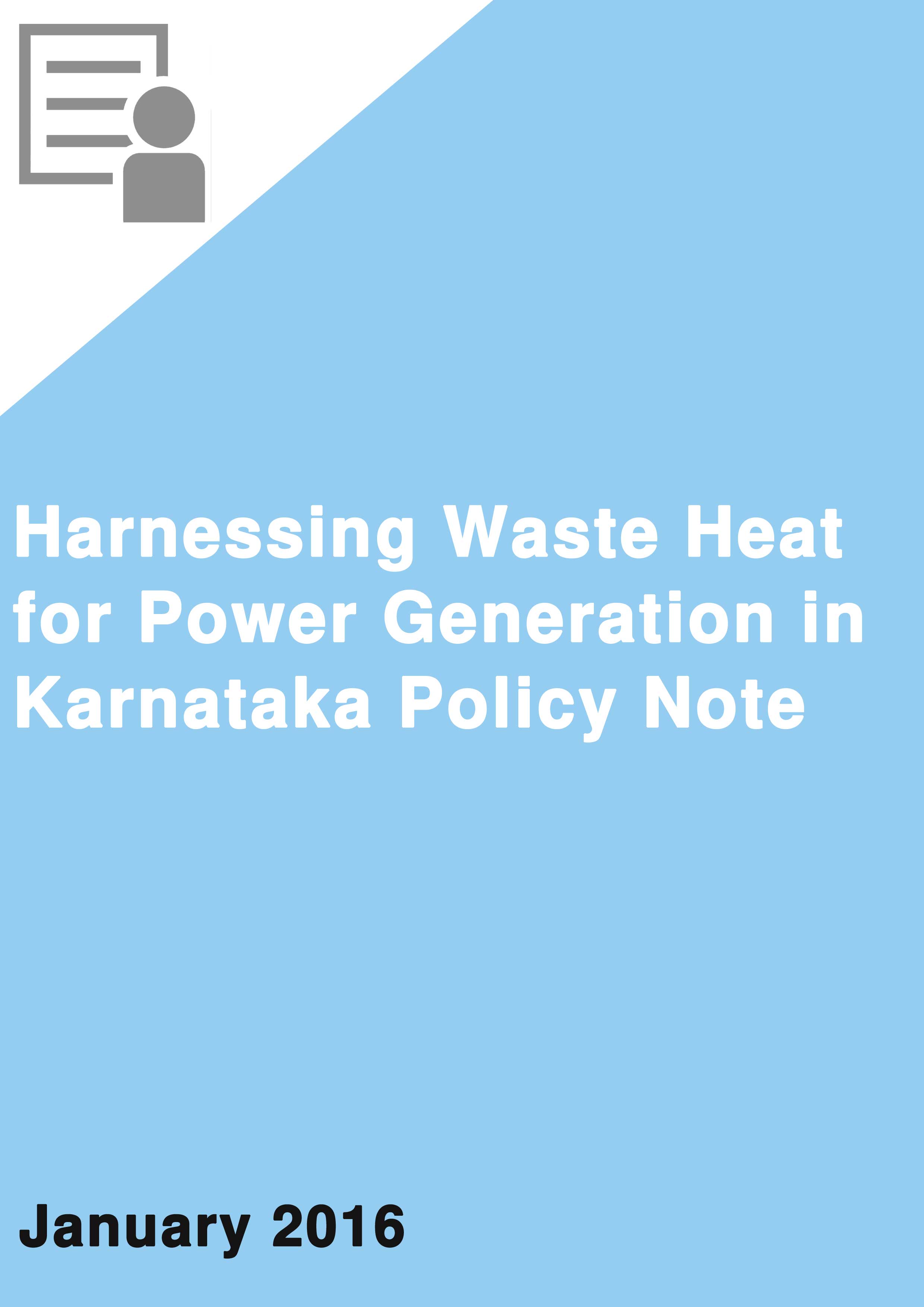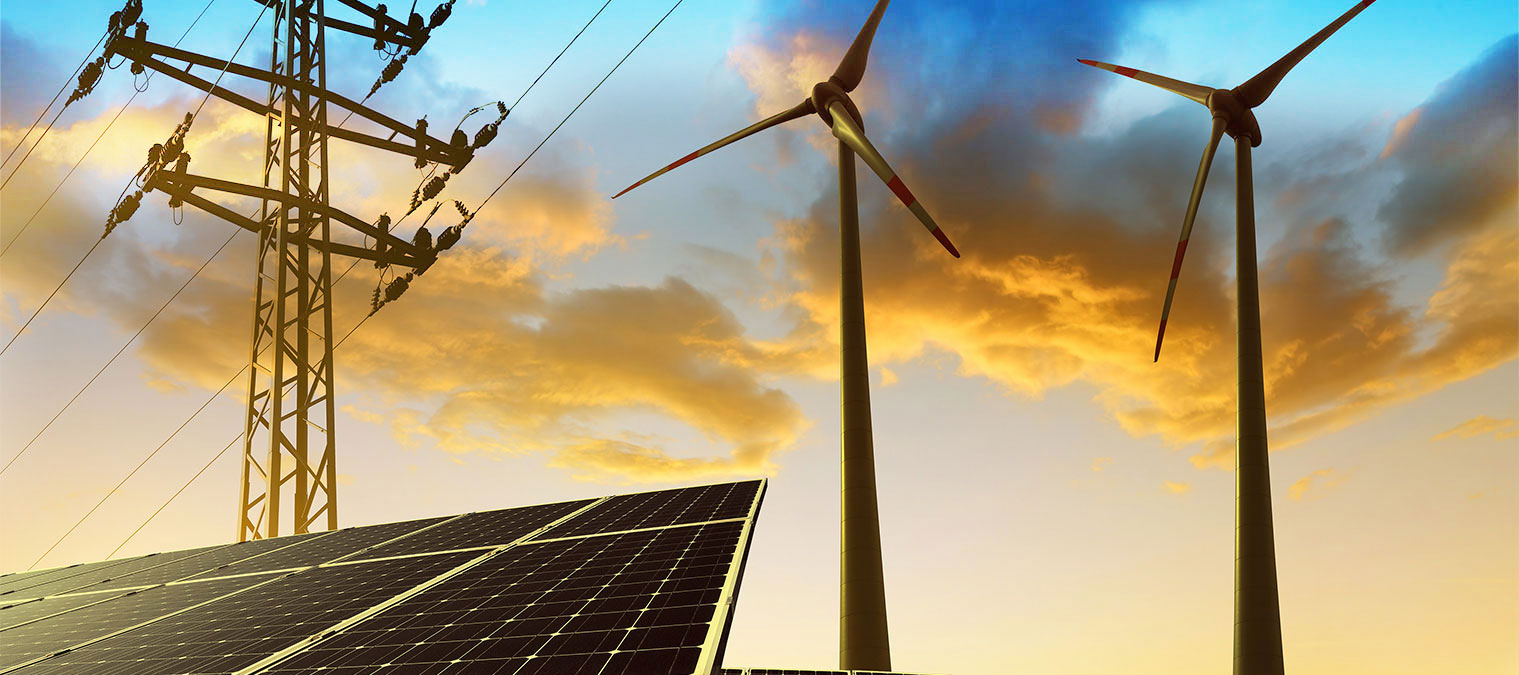The policy note examines the existing status of Waste Heat Recovery (WHR) technology in Karnataka and potential uptake in near future. As the fifth most industrialized Indian state, Karnataka's cement, iron and steel sectors consume 28% of the state's total power (as of 2016) and is expected to be in the same range by 2030 as well.
In order to meet these energy needs through a more sustainable approach, CSTEP and Global Green Growth Institute (GGGI)'s joint study provides a brief analysis of WHR. Karnataka alone has the potential to tap 560 MW of this technology (which is still in its nascent stages) by 2030 and create ~4 billion units worth of clean power. However, the option faces challenges in terms of limited penetration, high Capex, insufficient bank credit and most importantly - the concept is not yet included under the RE ambit or Bureau of Energy Efficiency's PAT scheme. Thus, WHR has limited takers in the state.
To address these issues, the study solicited expert advice, who suggested preferential tariff structures, tax savings and other purchase benefits as potential incentives for industry players, in order to push forth large scale adoption of WHR.

